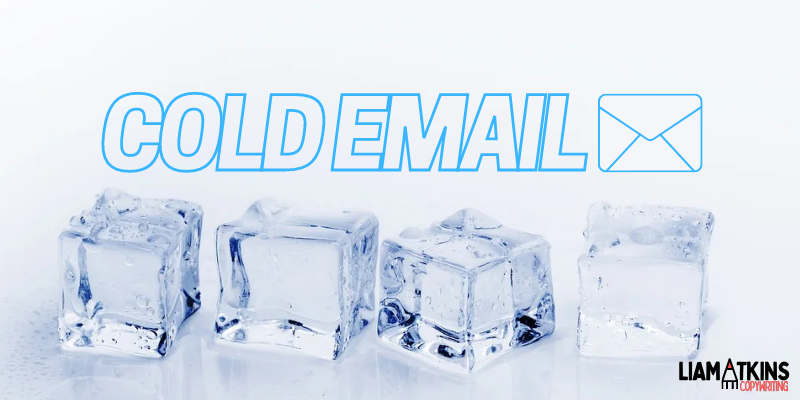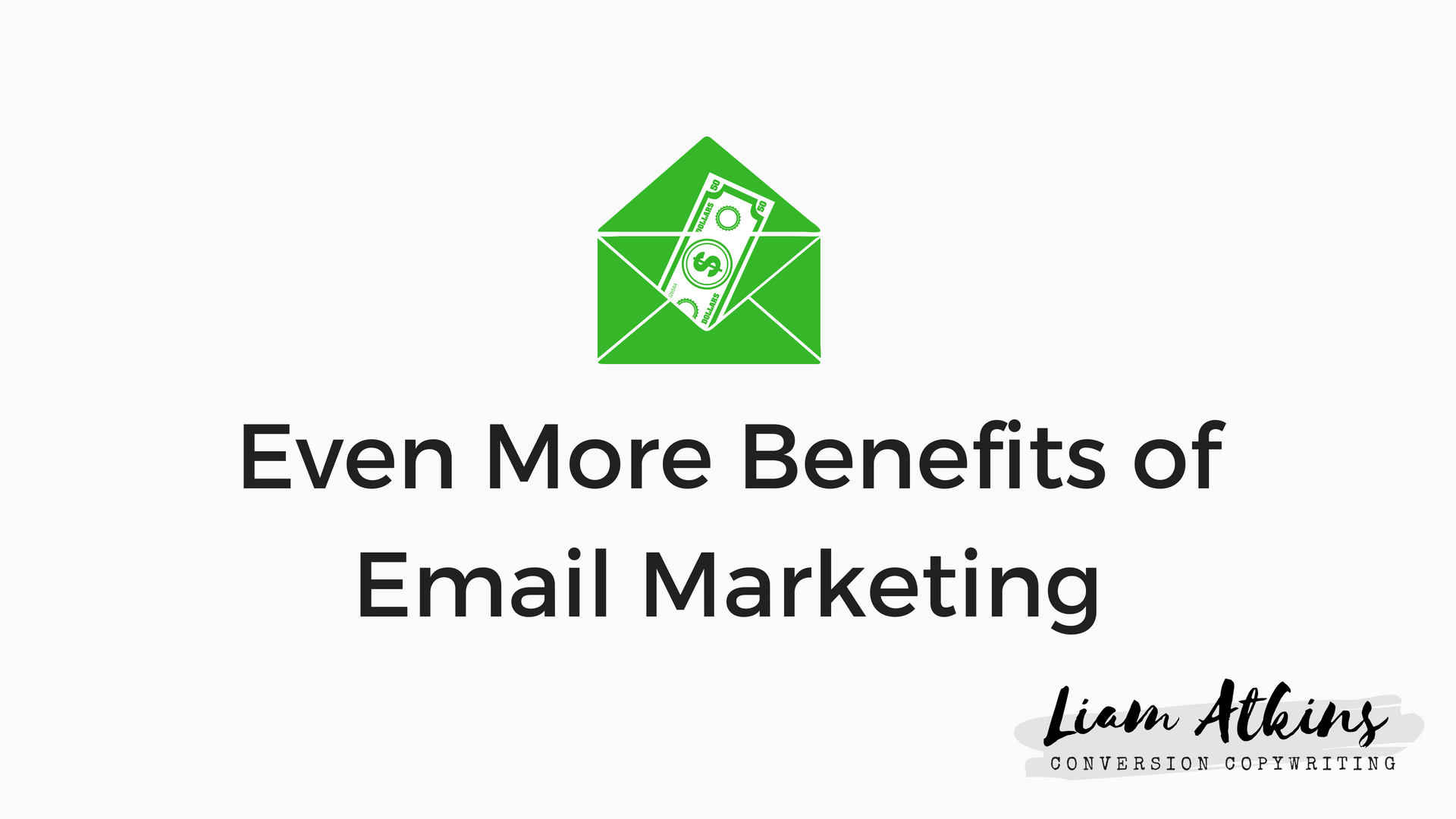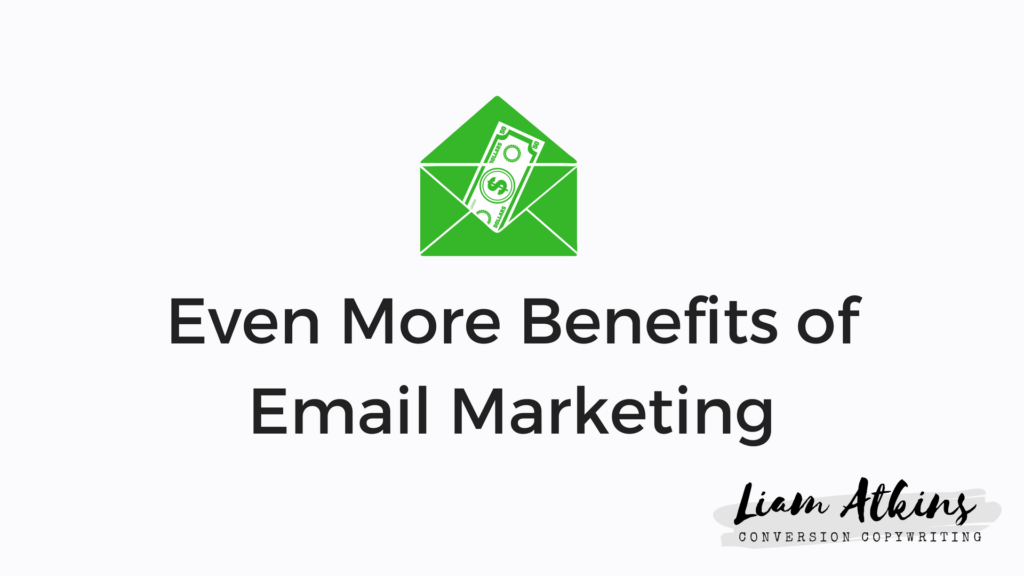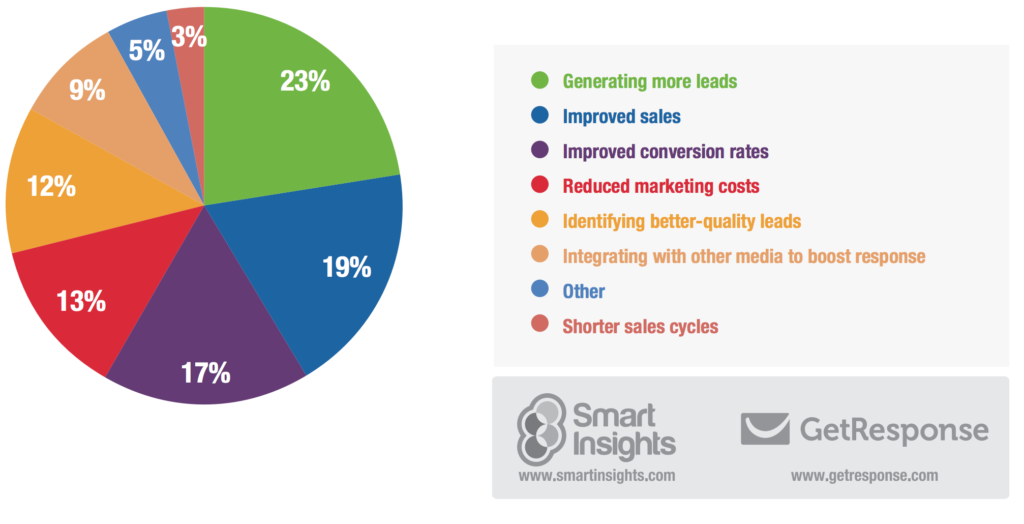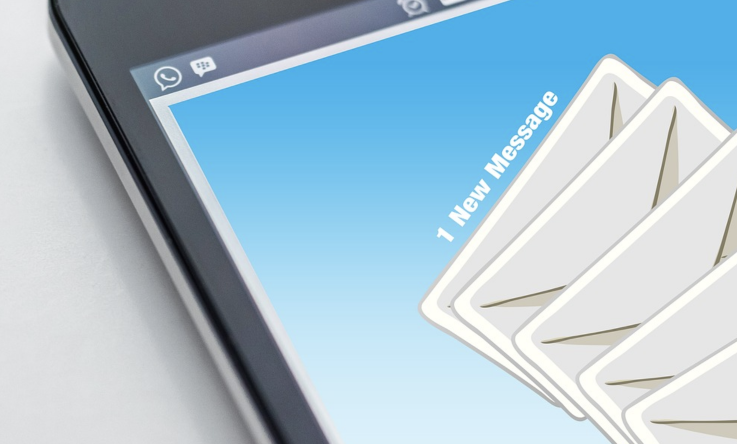Alongside channels such as direct mail it fell out of fashion with the rise of social media and other shiny marketing tools.
Thankfully it’s now back in vogue as an undervalued marketing tool and hotter than ever.
(Can cold email ever be hot?!)
But before we delve into the benefits of using cold email marketing as an outreach tool, you need to understand the basics, so let’s get back to the brass tacks.
What is cold email marketing?
Open rates, bounce rates, conversion rates, segmentation…
These are all buzzwords you’ll come across when looking at email marketing.
But what is cold email marketing at its core?
Cold email marketing is an approach where emails are sent to prospects without any initial contact.
Cold email marketing for b2b companies
Cold email marketing can be a great way to generate more sales for your B2B business.
But that’s only if you do it right.
Aside from the increased sales that this approach can bring, what other benefits does it have?
How cold email marketing is useful for a B2B business
Cold email marketing is cheap and time-efficient
We all want to lower costs while maximizing profits, it’s why we’re in business. And that’s why cold emailing is a welcome approach for B2B businesses.
It is less expensive than cold calls and other forms of marketing, like paid advertising.
Practically, the time spent making a single call is enough to send a thousand emails. Ultimately, it’s more time-effective.
Cold emails are less frustrating
One of the things that most people dislike about marketing is how frustrating it can get. They produce a piece of content, send it out into the ether and hope for the best.
But that’s not the case when it comes to cold email marketing - at least not in equal measure with approaches like cold calling.
First, you can send the email whenever you like, and the recipient is allowed to open the email when they find it convenient for them. On their phone, on the toilet - whatever. This makes it less disruptive, which is a good thing for busy people.
Secondly, even though cold emails often get a low response rate compared to say - cold calling, you can easily turn the ‘tap’ on and off with a cold email campaign. You’re only relying on you and your ability to send emails as and when you need them.
Cold emails are easily trackable.
Unlike other marketing approaches, it is easy to track cold emails. Some of the metrics you can track include;
- Open rate
- Click-through rate
- Bounce rate
- Response rate
...all these are of value in customizing and improving your email marketing campaign.
Cold emails land where people spent most of their time
According to a Fortune report, people spend an average of 2.5 hours checking their email every day. For a B2B business that wants to get its message seen, cold email marketing is the way to go.
The cons of cold email marketing
While cold email marketing may seem like a near-perfect approach, it has its downsides, even for people like me who sell cold email copywriting as a service.
Responses are not guaranteed
Cold emails are not as dynamic as making cold calls. With emails, the recipient can choose to reply immediately...or never. At least with a cold call you’ll get an immediate response.
Cold emails may never get to your prospects
No matter how hard you try to get the right addresses for the right member of staff, some companies do have strict spam filter measures to ensure that they only receive emails from pre-approved or internal addresses. As a result, there is a high chance that your email will not get to their inbox.
The competition is enormous for cold email marketing
According to Campaignmonitor, people sent more than 294 billion emails in 2019 per day! And since then, the numbers have continued to increase.
The numbers alone show how competitive this space can be.
As a B2B business that wants to stand out from the rest and be heard amidst the noise, getting your email strategy in line is crucial.
Final take…
Even with the downsides, it is evident that cold email marketing is a highly effective approach.
There is nothing that should stop your B2B business from going heavy on this marketing approach.
Want to learn more about how your business can use cold email marketing as a tool in 2021?
Speak to me about cold email copywriting and campaign management.

